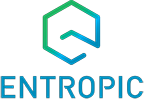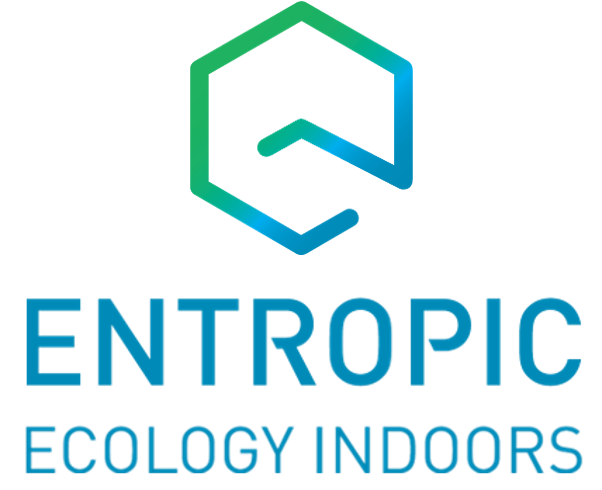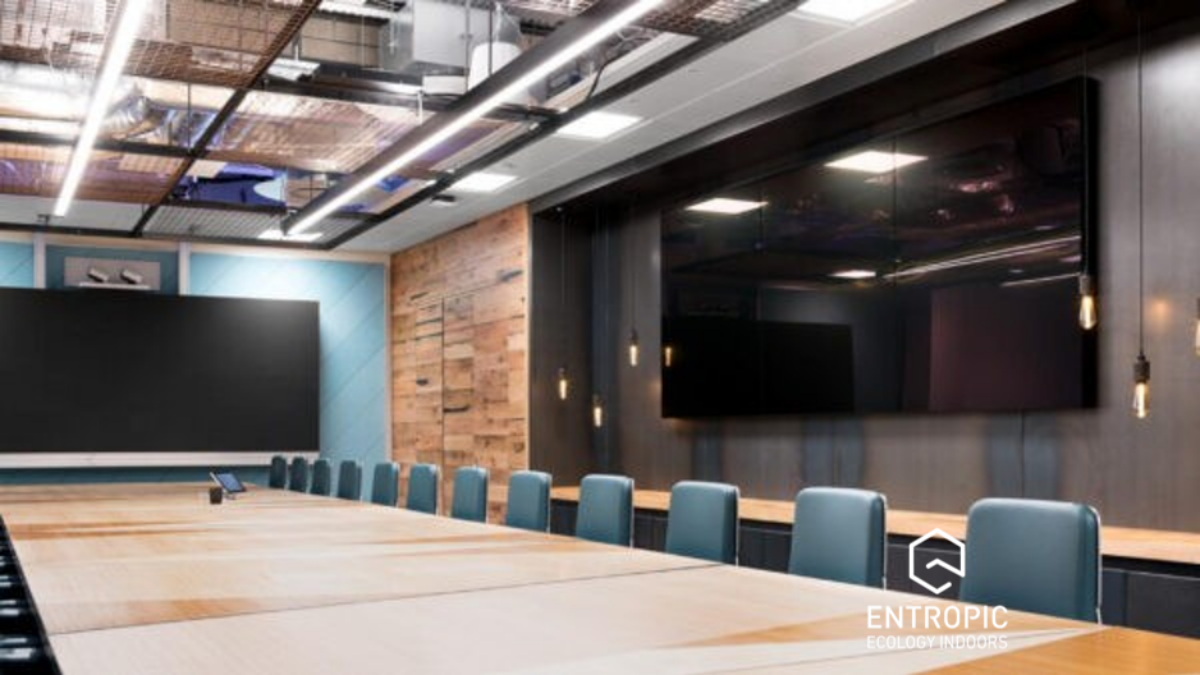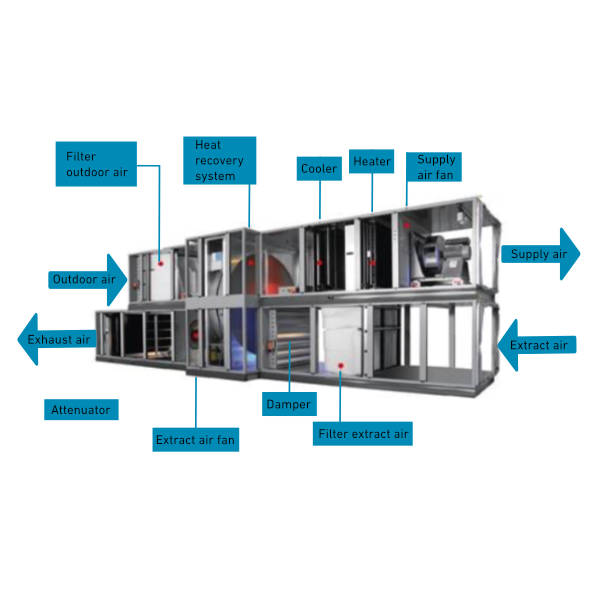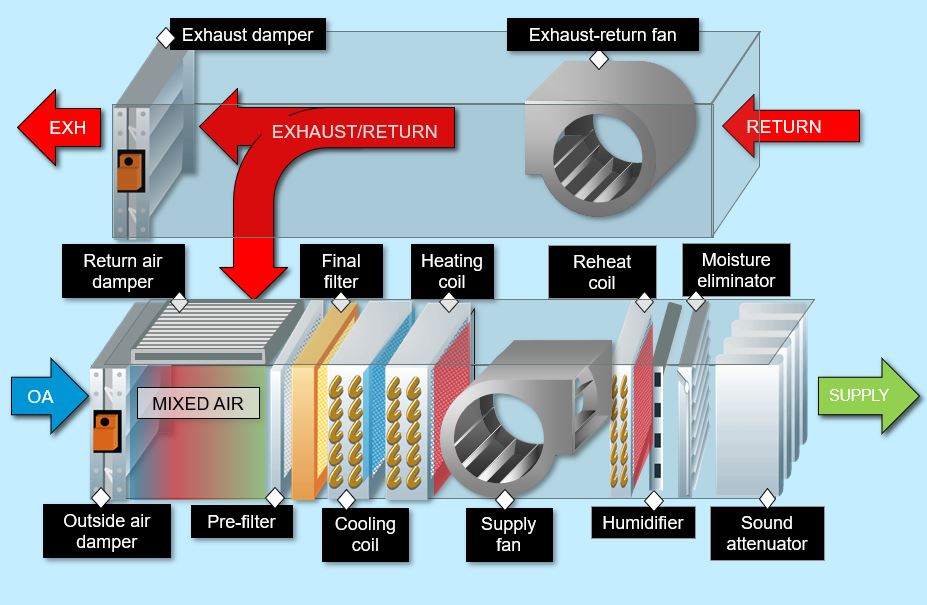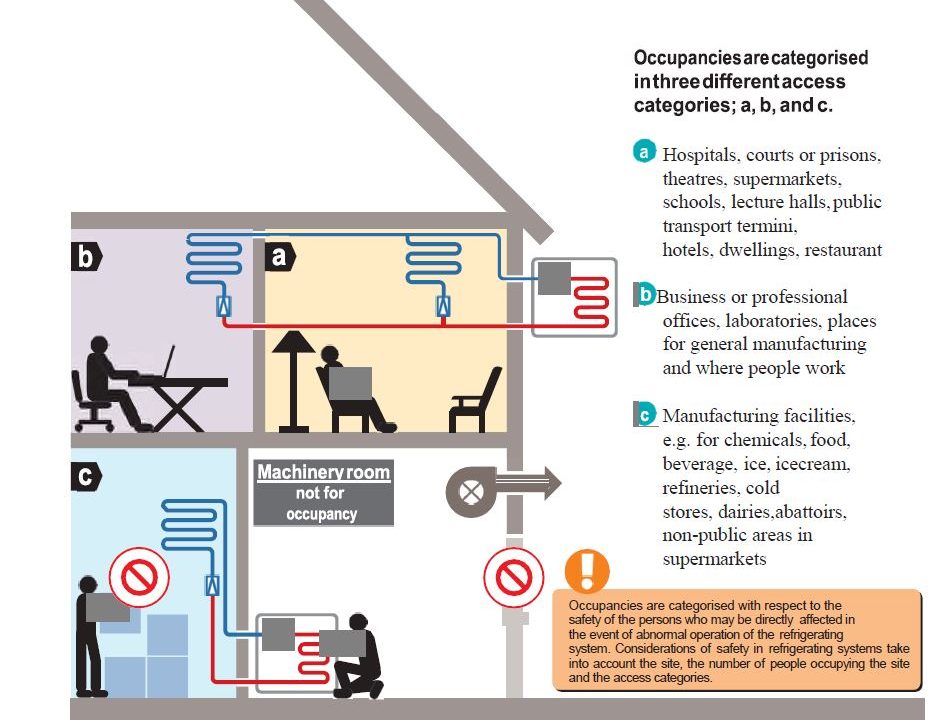Solutions for Sustainable Offices
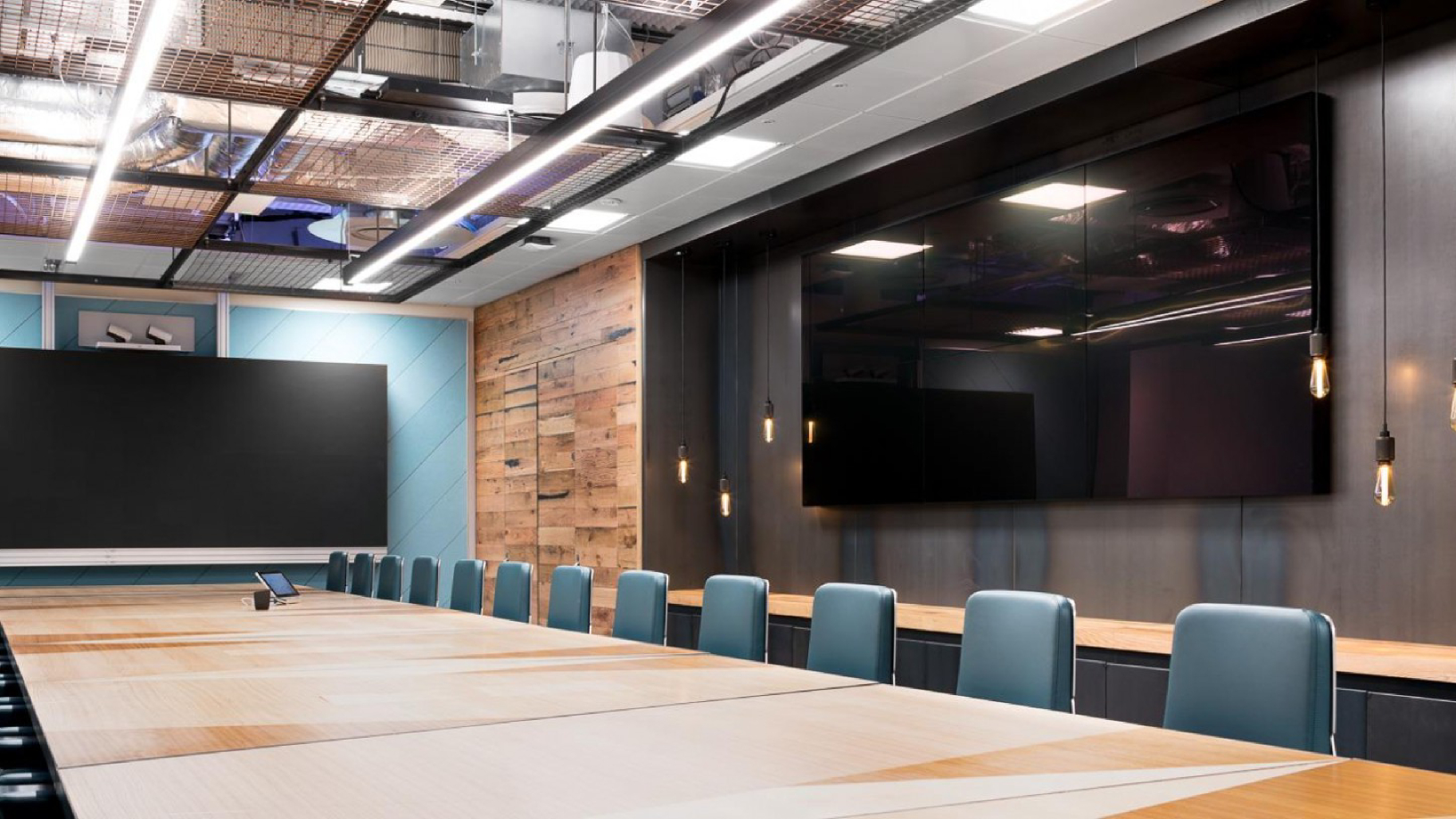
Zero carbon society is the target we aim at. Therefore sustainable, zero energy buildings are our choice, naturally. Their improved quality and economical life cycle makes also business sense. Efficient heating, ventilation and air conditioning (HVAC) systems and lighting as well as tight building envelope, effective insulation and good solar shading enable not only considerable energy savings but improve occupants’ thermal comfort as well. Safe and comfortable indoor environment promotes well-being of the building users and increased user satisfaction, in turn, benefits the employer.
Our indoor environment solutions are designed for well-being, safety and energy efficiency. Energy and environmental efficiency is implemented together with good indoor environment quality and well-being of users. This is important, as after all, buildings are built for people.
Building users
Demand for responsible practices Indoor environment affects well-being, health and performance of building users. As 90% of the annual costs of a typical office building are related to the personnel working in the building, even an increase of 1 % (5 min/day) in office work efficiency can offset the annual ventilation and air conditioning
cost of the building. Also demand for environmentally friendly offices is increasing together with commitment on socially responsible business practices.
Owners and Developers
An investment that makes sense. The value of a real estate is based on the cash flow it generates. The construction cost premium of an sustainable office is only about 5…10 %. The low additional investment cost together with improved indoor environmental quality, energy and eco-efficiency are likely to bring longer term financial benefits in terms of a higher rent, longer contracts and increased value of the building.
Design and construction teams
Industry forerunners. Companies with special expertise on new sustainable buildings are wanted in the majority of construction projects as energy efficiency, sustainability and indoor environment quality are greatly affected in the design phase. Life cycle performance contracts increase further the importance of targets set in the design phase.
People in modern societies spend most of their time indoors; at home or work, in school and in transit. In average, we spend 90% of our time indoors. Inappropriate indoor environment quality decreases our productivity in form of increased need for breaks, decreased concentration or fatigue. If building users are exposed to inappropriate indoor environment for a long time, problems increase absenteeism due to temporary or permanent health effects e.g. headache, eye, skin, throat or nose irritation, thermal stress, allergy or asthma. Improving the quality of indoor environment enhances thus well-being, health and our performance.
Sustainable offices reduce carbon emissions
Accomplishing to reduce carbon footprint
Typically 80 % of carbon emissions (kgCO2) in an office building comes from energy consumption, 15% from building materials and 5% from transportation of building materials and construction work over 50 year life time.
The energy performance certificate, which is mandatory in the European Union, expresses the delivered energy consumption of building and CO2 emissions based on
amount and type of the energy used.
The environmental benchmarks, like LEED (Leadership in Energy and Environmental Design) or BREEAM (BRE Environmental Assessment Method) assess a much
wider range of factors than just the energy consumption, including ecology, transportation, waste management, human health and wellbeing. Use of modern HVACsolutions contributes to awarded points e.g. in a following LEED categories:
Energy and Atmosphere
• Minimum energy performance (required)
• Fundamental refrigerant management (required)
• Optimised energy performance (1…19 points)
• Renewable energy (1…7 points)
• Enhanced refrigerant management (2 points)
Materials and Resources
• Storage and collection of recyclables (required)
• Construction waste management (1…2 points)
Indoor Environment Quality
• Minimum IAQ performance (required)
• Outdoor air quality monitoring (1 point)
• Increased ventilation (1 point)
• Controllability of system (2 points)
• Thermal comfort (2 points)
Innovation and Design Process
• Innovation in design (1…5 points)
Design and usage of the building and its HVAC system define the energy consumption.
The energy consumption of a building depends on the tightness and insulation of building envelope, selected HVAC-systems and their maintenance. Also shape and orientation of a building affect the energy consumption.
In energy efficient buildings, efficient solar shading prevents the direct solar radiation from entering the building during cooling season. However, in cold seasons solar radiation is used as passive heating. In all seasons maximum amount of daylight should enter the spaces to minimise the use of artificial lighting.
HVAC system design affects greatly the total energy consumption.
Ventilation and supply air conditioning represents typically 30…50% of the total energy consumption in an office. Thus, efficient heat recovery system generates high savings.
Demand-based ventilation reduces both energy used for the cooling and dehumidification of primary air as well as fan power consumption. The impact is further
strengthened by adjusting temperature set values to proper levels.
In addition, ventilation rates affect the total consumption. By improving ventilation efficiency, good indoor air quality can be maintained even with low ventilation rates.
Focus on low energy consumption expands the variety of potential HVAC-systems for office buildings. Low temperature heating and high temperature cooling systems like slab cooling, chilled ceilings and chilled beams can be used in such buildings. Also all-air systems, like displacement ventilation, become more feasible.
Focus on low energy consumption expands the variety of potential HVAC-systems for office buildings. Low temperature heating and high temperature cooling systems like slab cooling, chilled ceilings and chilled beams can be used in such buildings. Also all-air systems, like displacement ventilation, become more feasible.
